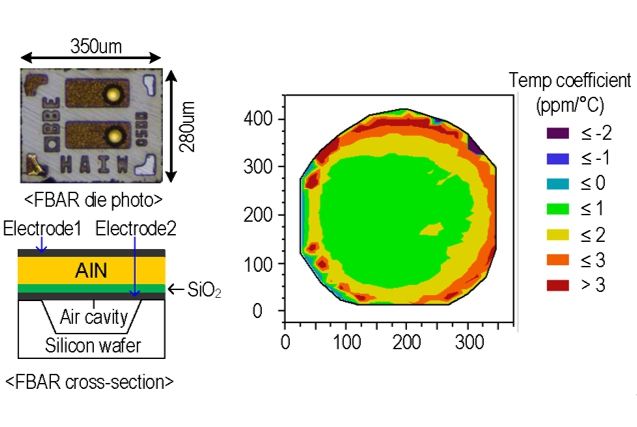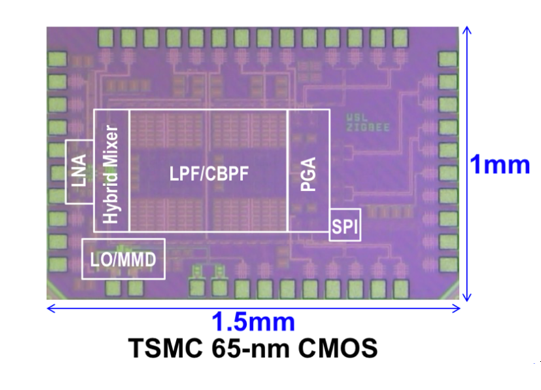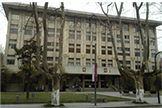

Recently, associate researcher Wang Keping from the team leading by Prof. Wang Zhigong of SEU Institute of RF-&OE-ICs made important progress in integrated circuit and MEMS collaborative design. The research results titled “Design of a 1.8-mW PLL-free 2.4-GHz receiver utilizing temperature-compensated FBAR resonator” were published in IEEE Journal of Solid-State Circuits. The first unit of the article is SEU. The first author and corresponding author is associate researcher Wang Keping.
The paper presents a 1.8-mW 2.4-GHz channelized receiver for ISM-band applications. Unlike traditional ISM-band radios which typically require a phase-locked loop (PLL) for channelization, we propose a modified sliding-IF receiver architecture with a suitable local oscillator (LO) frequency plan utilizing a temperature-compensated thin film bulk acoustic-wave resonator (FBAR). This strategy completely eliminates the need for a PLL by directly dividing down the fixed FBAR oscillator frequency. An inductor-less current-reuse balun LNA is proposed allowing a low-power wideband matching as well as noise cancelling. The frequency conversion is achieved by a hybrid mixer, which stacks a switching mixer on a switched-gm mixer for current reuse. It also features good voltage headroom and common-mode noise rejection. The FBAR-based Colpitts oscillator achieves the phase noise of -144 dBc/Hz at 3.5-MHz offset. The measured RX gain, noise figure, and in-band IIP₃ are 57.8 dB, 15.7 dB, and -18.5 dBm, respectively, without external crystal and on-chip inductors, which allows us to reduce the size and weight of the receiver system. It dissipates 0.86 mW (RX) and 0.92 mW (LO) from a single 1-V supply.
Other related research results were published in IEEE Microwave and Wireless Components Letters and IEEE Sensors Journal. The related research projects were supported by National Natural Science Funds of China, National Defense Innovation Project, and the operating expenses for basic research of college and universities in China.
















